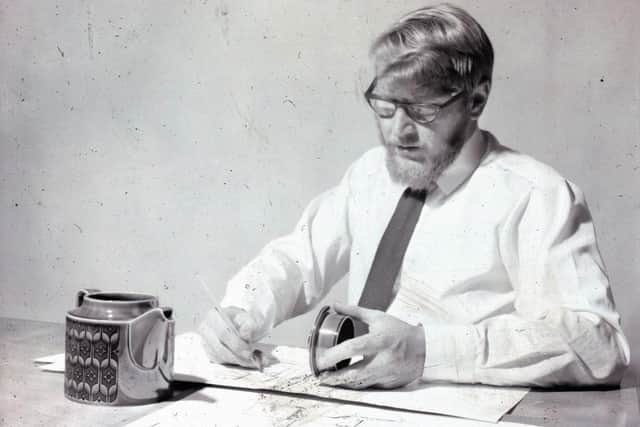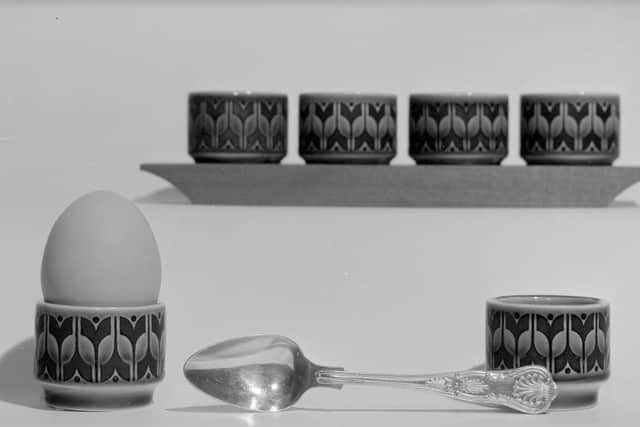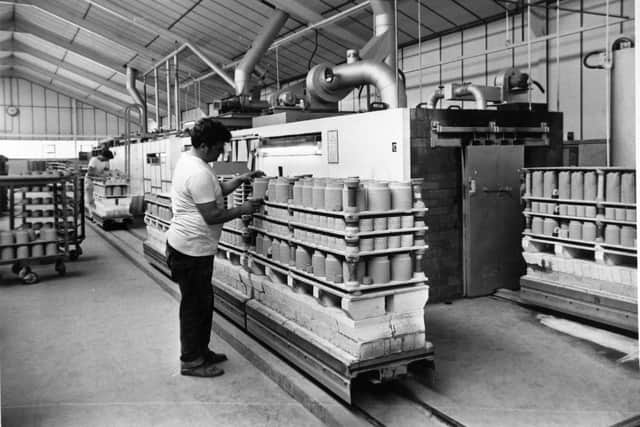New exhibition celebrates Hornsea Pottery known throughout the world for its ceramic designs
Twenty-one years after Hornsea Pottery went under, it’s still one of the first names to come up when you enter the seaside town’s name into Google – the name still resonates for its ceramic designs.
Now East Riding Archives has worked with Hornsea Museum, which boasts the world’s largest collection of Hornsea Pottery, to create an online exhibition celebrating its great days from the mid-1950s to the 1990s.
Advertisement
Hide AdAdvertisement
Hide AdFond memories of family days out, combined with tours of the factory itself to see pottery being made, give Hornsea Pottery a treasured place in people’s hearts.


But the story of the business itself, its impact on the global ceramics industry, and the prestige of its designs to collectors, all combine to make a truly remarkable tale.
Incredibly, Hornsea Pottery started off back in 1949, with plaster of Paris.
Two brothers, Colin and Desmond Rawson, had been to the Batley School of Art, and returned home to make plaster souvenir models for the tourist trade, then booming in the years after the Second World War.
Advertisement
Hide AdAdvertisement
Hide AdThe brothers worked from home in the back scullery of 4, Victoria Avenue and the first funding came from a friend, and local businessman, Philip Clappison.


They went on to build the company into a global ceramics giant, with contributions from incredible designers, such as John Clappison, known for his quirky designs, Dorothy Marion Campbell, who was responsible for the much sought after black animals and Alan Luckham, a hugely versatile modeller.
By the early 1970s, the site turned out a staggering three million pieces every year.
Their classic designs have stood the test of time, and are not only collectable – and reasonably priced – but still inspire designers today.
Advertisement
Hide AdAdvertisement
Hide AdArchivist Sam Bartle said: “The name of Hornsea Pottery is known throughout the world for its ceramic designs and also conjures up fond memories for anyone who remembers it as a visitor attraction.


“It’s something we’re rightly proud of in this region, so we’ve worked with Carol Harker of Hornsea Museum, in putting together this online exhibition, to remind people of the industrial giant that used to exist in one of our seaside towns.”
The online exhibition is a snapshot from the archive, and gives a small potted history of the company, which expanded to include sites at Lancaster and the Greek island of Corfu, before falling on hard times in 1980.
A change in design tastes and cash flow problems eventually overcame the enterprise and the factory closed in 2000, with the old Edenfield factory site now better known as the home of Hornsea Freeport retail village.
Advertisement
Hide AdAdvertisement
Hide AdMr Bartle added: “In a way, the retail village is a small homage to the tradition of Edenfield as a place of leisure and recreation in the Hornsea community, and with the new East Riding
Archives online exhibition, we can help ensure that the amazing story of Hornsea Pottery is never forgotten.” Visit www.eastridingarchives.co.uk/hornseapottery.
Comment Guidelines
National World encourages reader discussion on our stories. User feedback, insights and back-and-forth exchanges add a rich layer of context to reporting. Please review our Community Guidelines before commenting.